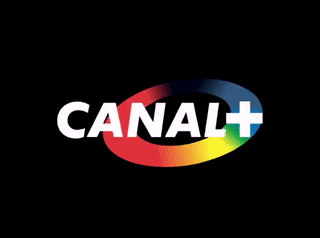Who among us didn’t spend some portion of their youth trying in vain to watch a scrambled premium cable TV channel or two? It’s a wonder we didn’t blow out our cones and rods watching those weird colors and wavy lines dance across the screen like a fever dream.
In the early days of national premium television in America, anyone who’d forked over the cash and erected a six-foot satellite dish in the backyard could tune in channels like HBO, Showtime, and the first 24-hour news network, CNN. Fed up with freeloaders, these channels banded together to encrypt their transmissions and force people to buy expensive de-scrambling boxes. On top of that, subscribers had to pay a monthly pittance to keep the de-scrambler working.
In France, the first nationwide cable channel was Canal+, which debuted on November 4th, 1984. They might have adopted the VideoCipher system used in the States and been done with it, but they couldn’t — VideoCipher was meant for NTSC broadcast systems. French television is broadcast in SÉCAM format, which uses the same frame rate and number of interlaced lines as PAL, but processes the color information differently. Canal+ needed an encryption scheme to match. The system they came up, Discret11, with was simple and effective, but perhaps a little bit short-sighted.
Analog televisions used electron guns to paint the picture on the screen one line at a time very quickly. Discret11 encrypted the Canal+ signal simply by delaying the lines being drawn — filleting the picture by pushing the information off the screen to the right and back-filling it with blackness from the left. The system turned the audio into an unbearable whine by splitting up the signal into two bands and inverting the high and low ends.
Discret11 was named for the 11-bit key that it uses to seed a linear feedback shift register, which in turn computes the delay time for the lines. Subscribers had to enter this key into their decoder box, and Canal+ changed the key every month in an attempt to prevent piracy.
Schematics for a DIY de-scrambler began to be passed around a mere month after the service premiered. Although Canal+ continued on and became quite successful, the Discret11 encryption scheme was phased out by 1995.
Even so, the technology lives on as an artistic medium — you can buy a newfangled Discret11 encoder built from a decoder and make your own trippy videos.
Main image via @htp.syntonie
Got any old tech that you want us to look into? Send in your ideas for future installments.
Source:: Hackaday

